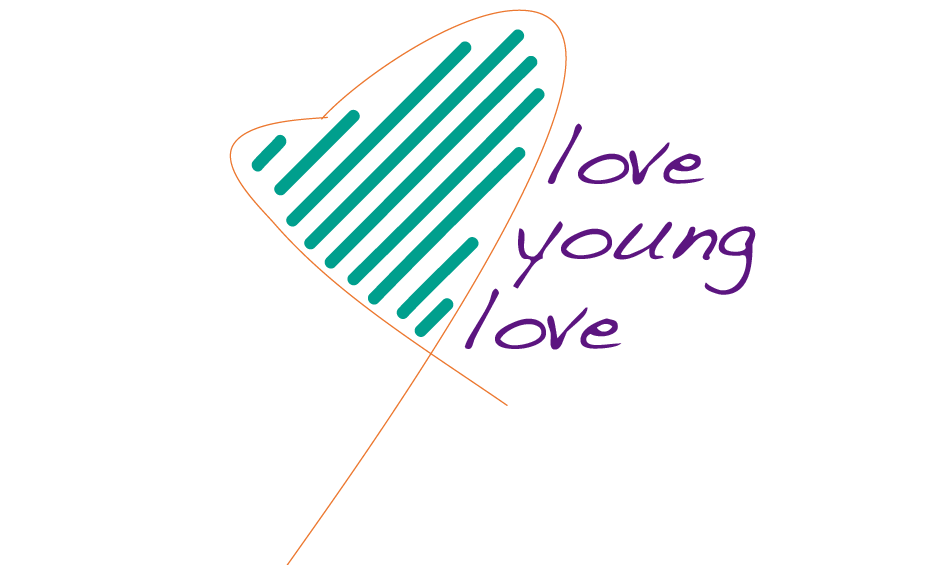From Shield Women's Self Defense-May 19, 2011
Beginning in high school environment where most physical forms of sexual violence are taking place, proactive immediate actions are needed to provide sufficient protective measures for teenage girls.
Consider the following facts:
In 2007, there were approximately 128,532 sexual assaults against girls under 18. That translate to every 4 minutes a teenage girl under 18 is sexually assaulted in the U.S.
[U.S. Department of Justice's National Crime Victimization Survey]
Age range of sexual assault and rape victims
• 15% are under age 12
• 29% are age 12-17
• 44% are under age 18
• 80% are under age 30
• 12-28 are the highest risk years.
• Girls ages 16-19 are 4 times more likely than the general population to be victims of sexual assault.
[U.S. Department of Justice. 2004 National Crime Victimization Survey. 2004]
93% of juvenile sexual assault victims know their attacker.
• 34.2% of attackers were family members.
• 58.7% were acquaintances.
• Only 7% of the perpetrators were strangers to the victim.
[U.S. Bureau of Justice Statistics. 2000 Sexual Assault of Young Children as Reported to Law Enforcement. 2000]
• 43% of girls experienced unwanted sexual attention
[The Impact of Bullying and Sexual Harassment on Middle and High School Girls VIOLENCE AGAINST WOMEN 2007; 13; 627]
• 1 in 5 high school girls have been physically and/or sexually assaulted by a dating partner, significantly increasing their risk of drug abuse, suicide and other harmful behavior.
[Health Resources and Services Administration (HRSA), Maternal and Child Health Bureau, U.S. Department of Health and Human Services (HHS) (2002) 5. Fact Sheet on Violence: Adolescents & Young Adults]
• 61% of 10th to 11th grader girls reported they had been physically/sexually harassed at school
[The Impact of Bullying and Sexual Harassment on Middle and High School Girls VIOLENCE AGAINST WOMEN 2007; 13; 627]
• 46% of teens who have experienced sexual or dating violence say the worst incident happened on school grounds or in the school building.
[KCSARC teens&adolecents updated 2007]
• Girls and women between the ages of 16 and 24 experience the highest rates of intimate partner violence and rape.
[Callie Marie Rennison (2001). Intimate partner violence and age of victim, 1993-1999. Washington, DC: U.S.]
• 45% of teen girls know someone who has been pressured or forced into having intercourse or oral sex.
[Liz Claiborne Inc. Teen Dating Violence Survey, 2005.]
While other protective measures such as better school policies on sexual assault, improving campus safety, or educating boys on dating violence are necessary, empowering the young women with actual self-defense training has no substitute.
SHIELD has been partnering with various high schools and women's groups in providing self-defense training for teenage girls. We have provided self-defense workshops in an assembly format, took over PE classes period 1-6, provided moms/daughters training workshops, and conducted on-going after school programs to empower the young women in various high schools.
